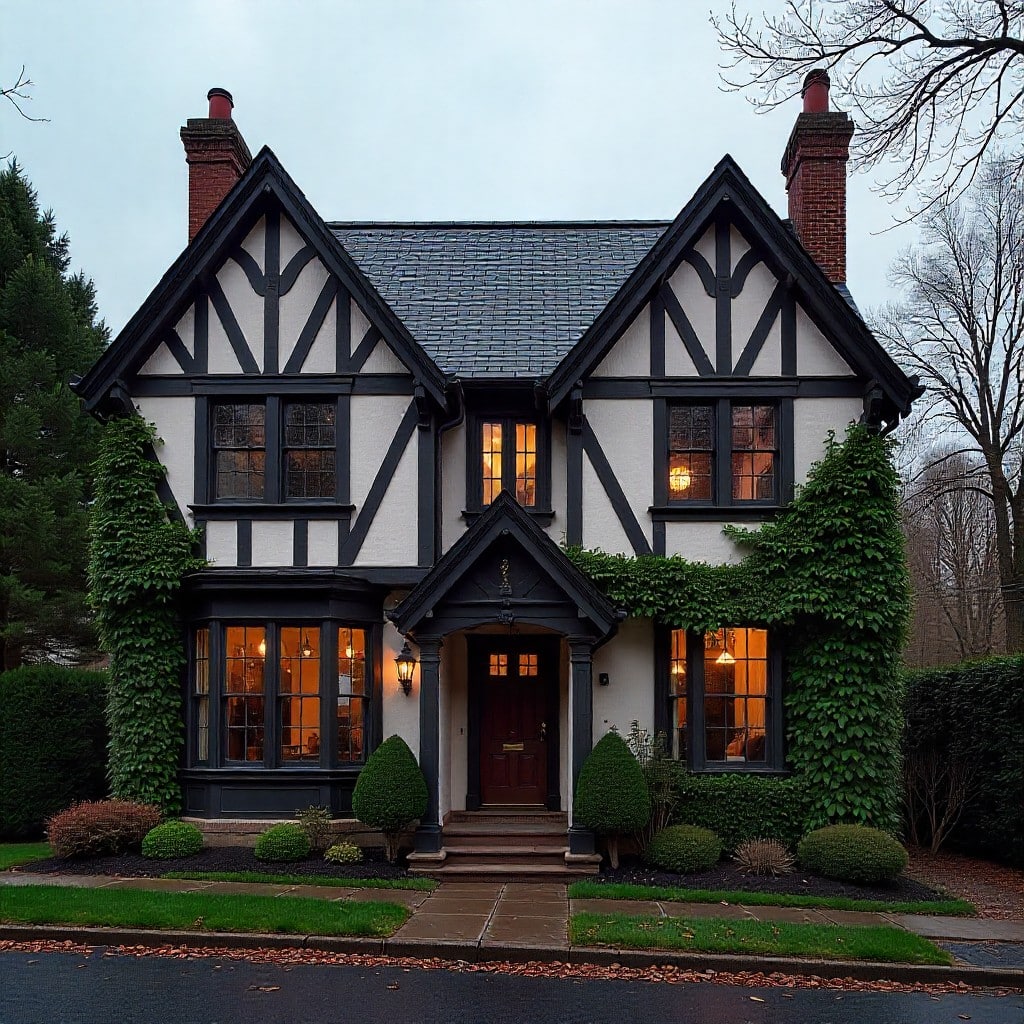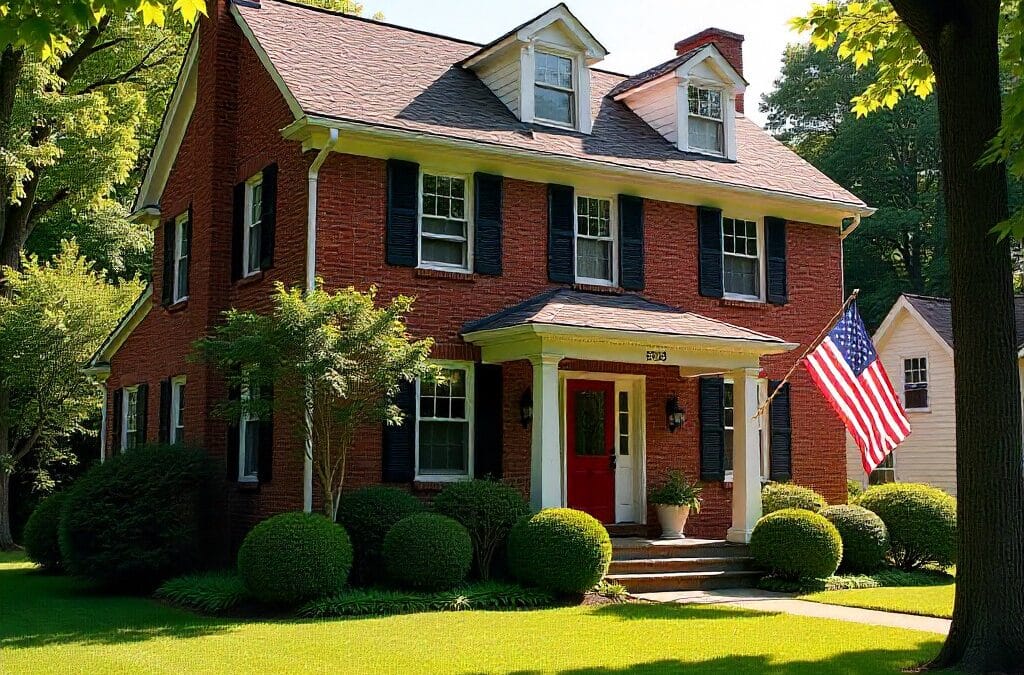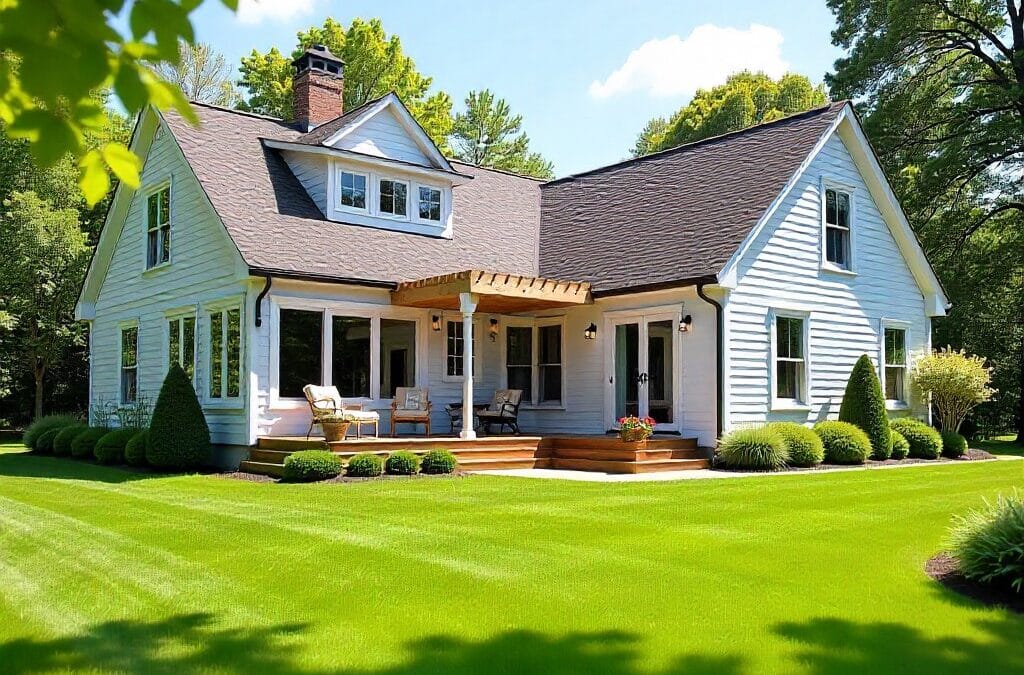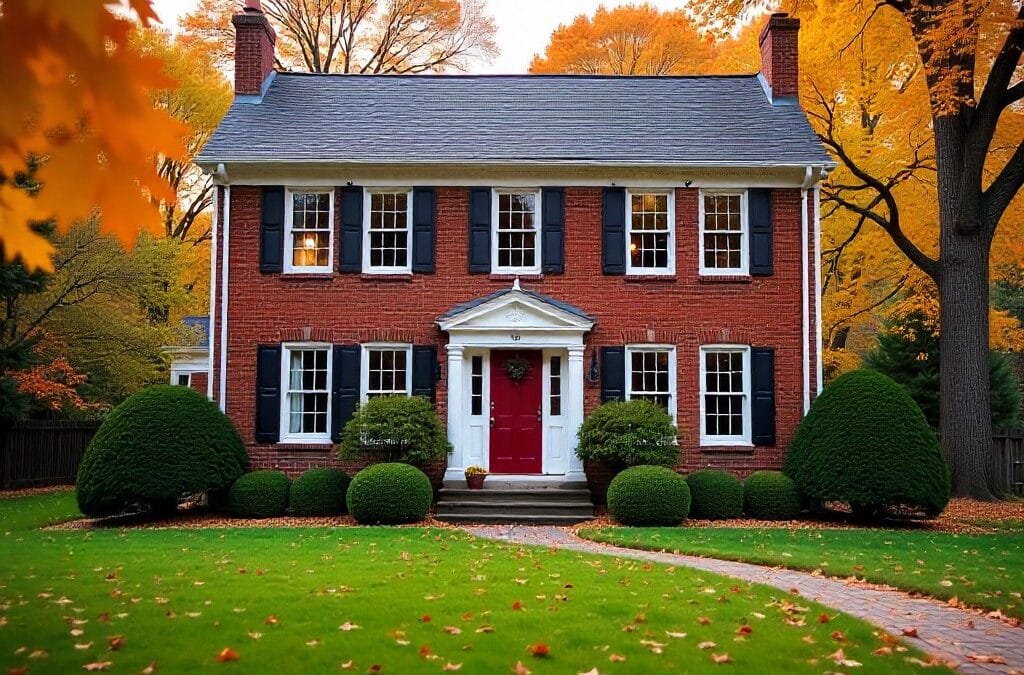In Putnam Real Estate, inventory is scarce and demand is persistent. The solution is strategic positioning: moving early and wisely in a market where value is shaped not only by property, but by the community that frames it
A Market That Punches Above Its Weight
From my years in both homebuilding and real estate, I’ve learned that markets are rarely defined by size alone. Putnam CT real estate proves this point. For a modest town, it consistently outperforms expectations and draws steady attention from buyers.
The strength lies in positioning. Nestled in northeastern Connecticut, Putnam offers the best of both worlds: the cultural texture of a historic New England town paired with access to urban centers like Providence or Worcester. For those evaluating Putnam CT real estate the opportunity is clear—this is a market where smaller scale meets outsized value.
The Demand Drivers You Cannot Ignore
In Putnam, demand doesn’t come from just one type of buyer. I see families, young professionals, and retirees all converging on this town, each with their own motivations:
- Young professionals appreciate the affordability compared with Rhode Island and Massachusetts suburbs. For many, houses for sale in Putnam, CT offer an entry point that feels both realistic and long-term.
- Families value the school system, outdoor activities, and the safety of a tightly knit community.
- Retirees are drawn by the quieter pace and reliable access to healthcare and local services.
This mix creates a hedge against economic cycles. If one group slows, another sustains the flow of interest. For me, this is one of the most compelling features of Putnam CT real estate: resilience born of diversity.
Scarcity as Both Challenge and Catalyst
One constant across all my work with clients is scarcity. Putnam is no exception. Inventory is limited, and it moves fast. Buyers often have to decide more quickly than they anticipated.
Scarcity, however, is not just a barrier. For sellers, it creates leverage. Homes are less likely to sit on the market, and bidding competition is common. For buyers, it demands strategy and precision. I often advise clients to prepare financing and priorities ahead of time, so when the right home appears, they are ready.
And scarcity has another advantage: stability. Limited supply acts as a natural safeguard against volatility. This is why Putnam CT real estate has shown consistent appreciation. It’s not speculative growth—it’s grounded in structural limits that protect value.
The Community Premium in Putnam
When clients ask me what makes Putnam different, my answer is always the same: it’s not just the homes, it’s the identity. Buyers are choosing a way of life as much as they are choosing a property.
The town has invested in its future. Historic mills repurposed into arts venues and restaurants, the Quinebaug River’s outdoor opportunities, and the rhythm of local festivals—all these pieces add up to a community premium. It’s something you can feel when you walk the streets, and it’s something buyers are increasingly prioritizing when making long-term decisions.
As remote and hybrid work continue reshaping where people can live, towns like Putnam stand out. Putnam CT real estate are not just attracting local demand, but buyers from metropolitan areas seeking balance: affordability, belonging, and access. That balance is rare, and it’s why Putnam’s trajectory is so compelling.
Rewind and Reflect
Scarcity defines Putnam’s market, but it is not scarcity alone that sustains it. It’s the way scarcity interacts with demand diversity and community strength.
For buyers, the message is direct: opportunity requires readiness. Houses for sale in Putnam, CT won’t wait, and the best positioned buyers are those who move with clarity. For sellers, this same environment delivers confidence, with Putnam CT real estate proving time and again that well-prepared listings generate strong results.
When I look at Putnam, I see more than just a town. I see a model for how smaller markets thrive when they protect identity, cultivate community, and let scarcity serve as a stabilizer instead of a constraint. It is this convergence—value, culture, and long-term security—that makes Putnam more than just a housing market. It makes it a strategic choice.
FAQs
- What makes Putnam, CT real estate strategically resilient?
Resilience comes from diversity in demand. Families, professionals, and retirees all participate, creating a balanced and sustainable market.
- How do houses for sale in Putnam, CT create long-term value?
The value is twofold: appreciation driven by limited supply, and quality-of-life benefits rooted in community strength.
- How does Putnam differ from other small-town markets?
Many towns rely solely on heritage. Putnam actively evolves—revitalizing its downtown, enriching cultural assets, and connecting to regional hubs.
- What property types are available in Putnam today?
Buyers can find a mix of historic colonials, renovated riverfront homes, and suburban-style builds, giving multiple entry points to the market.
- How are remote work trends influencing demand in Putnam?
Remote work has accelerated interest from city-based buyers who want space and affordability without sacrificing access. Putnam fits that demand profile well.
- What challenges do buyers face in this market?
Limited inventory is the primary challenge. Acting quickly, with financing in place, is critical to success in securing the right property.








